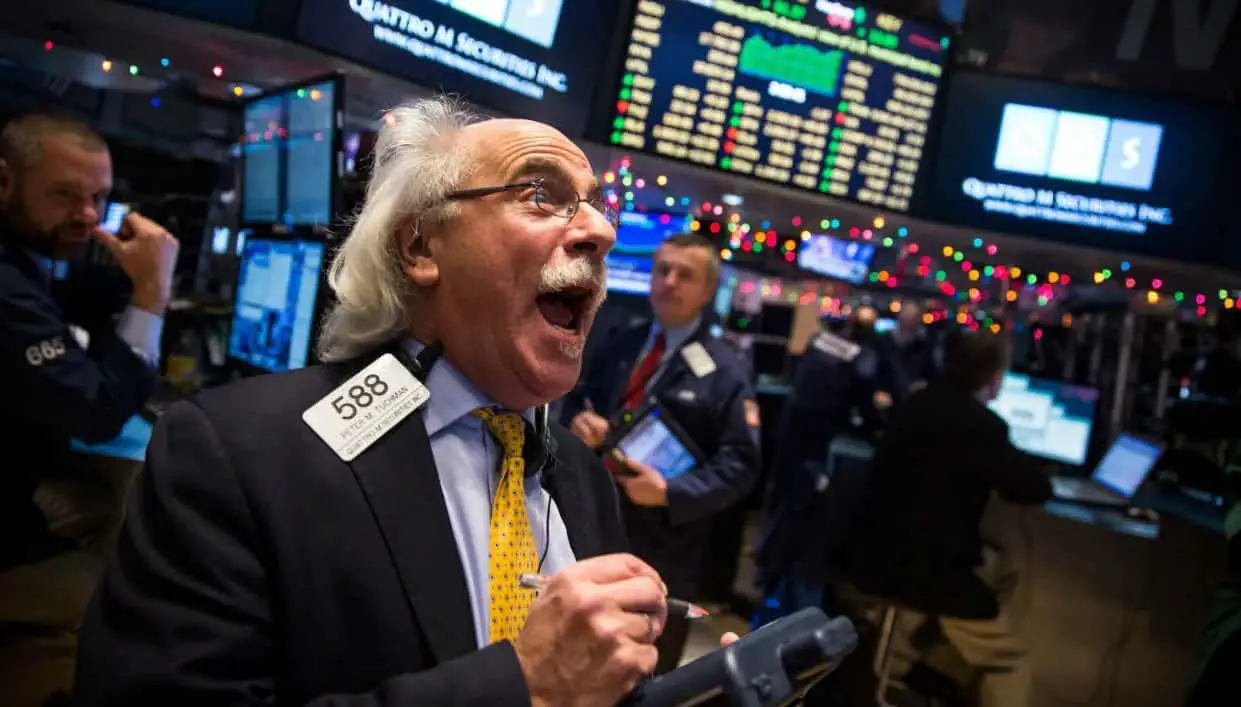The United States stock market, one of the largest and most influential financial ecosystems globally, operates primarily through two significant exchanges: the New York Stock Exchange (NYSE) and the NASDAQ. The NYSE, located in New York City, and the NASDAQ, known for its tech-heavy listings, follow Eastern Time (ET) working hours, typically opening at 9:30 am and closing at 4:00 pm, Monday through Friday, excluding public holidays. These markets play a critical role in global finance, not only by providing liquidity and facilitating capital formation but also by serving as a barometer for the overall health of the United States economy and, by extension, the global economy.

Trading within these hours allows investors worldwide to participate in the U.S. stock market, which includes some of the world’s largest and most well-known companies. The operational hours are strategically set to overlap with other international markets, ensuring a more continuous flow of trading activities across different time zones. The significance of the U.S. stock market extends beyond just trading; it influences monetary policies, retirement funds, and international investment flows, making its working hours a focal point for financial activities worldwide.
In recent articles, we covered European stock market open and close times, US market open and close, and Asian market open and close. Additionally, we presented S&P 500 trading hours, best forex sessions, when the forex market opens, and where the forex market closes on Friday. Finally, we explained when the stock market is open on Saturdays and when it is open on Sundays.
When Does the USA Market Open and Close?
The U.S. stock market, including major exchanges like the New York Stock Exchange (NYSE) and NASDAQ, opens at 9:30 am and closes at 4:00 pm local time (Eastern Time), operating without a lunch break. The Chicago Board Options Exchange (CBOE) extends trading for options by an additional 15 minutes, closing at 4:15 pm local time, to accommodate options trading, reflecting the diverse trading activities within the U.S. financial markets.
Focusing solely on the major U.S. stock markets and their operating hours, here is a revised list of major US markets:
- United States – New York Stock Exchange (NYSE)
- Trading hours (GMT): 2.30 pm – 9 pm
- Trading hours (local time): 9.30 am – 4 pm (no lunch break)
- Major stock indices: Dow Jones Industrial Average, S&P 500
- United States – NASDAQ
- Trading hours (GMT): 2.30 pm – 9 pm
- Trading hours (local time): 9.30 am – 4 pm (no lunch break)
- Major stock indices: NASDAQ Composite, NASDAQ 100
- United States – Chicago Board Options Exchange (CBOE)
- Trading hours for options (GMT): 2:30 pm – 9:15 pm
- Trading hours for options (local time): 9:30 am – 4:15 pm (no lunch break)
- Primary functions: The largest options exchange in the U.S., offering options on stocks, indices, and ETFs.
- United States – American Stock Exchange (AMEX), now part of NYSE American
- Trading hours (GMT): 2.30 pm – 9 pm
- Trading hours (local time): 9.30 am – 4 pm (no lunch break)
- Primary functions: Focused on small to mid-size companies, also known for trading options and ETFs.
This list encompasses the primary markets where securities, options, and futures are traded in the United States, highlighting these exchanges’ significant role in the global financial ecosystem.
The major U.S. stock markets, including the New York Stock Exchange (NYSE), NASDAQ, and the Chicago Board Options Exchange (CBOE), along with NYSE American (formerly known as the American Stock Exchange, AMEX), are central to global finance, embodying the vast economic activities of the United States and international corporations. Here are the main facts about these exchanges and the rationale behind their operating hours:
- New York Stock Exchange (NYSE): As one of the oldest and largest stock exchanges globally, the NYSE serves as a barometer for the overall health of the U.S. and global economies. It operates from 9:30 am to 4:00 pm Eastern Time, a schedule designed to match the majority of the U.S. business hours, facilitating maximum participation from domestic and international investors.
- NASDAQ: Known for its tech-heavy listings, including giants like Apple, Google, and Amazon, NASDAQ operates electronically through a network of computers, which was a pioneering approach at its inception. Its trading hours, identical to the NYSE, are set to capture the peak hours for trading, optimizing liquidity and allowing for real-time reaction to market news that occurs during U.S. business hours.
- Chicago Board Options Exchange (CBOE): Specializing in options and futures, the CBOE extends its trading session slightly longer than the NYSE and NASDAQ, closing at 4:15 pm for options. This extension accommodates traders in different markets and time zones, offering a more flexible trading window for derivatives, which are critical for hedging and speculative strategies in stock and bond markets.
- NYSE American (AMEX): Focused on small to mid-size companies, NYSE American provides a platform for emerging companies to access capital markets. Operating hours are aligned with the larger exchanges to ensure seamless trading across different markets and to leverage the liquidity provided by the overlap in trading hours.
The operating hours of these exchanges are strategically set not just to align with U.S. business hours but also to overlap with the late afternoon trading in European markets, enhancing liquidity and participation. This scheduling ensures a dynamic trading environment where investors and traders can respond promptly to economic indicators, corporate news, and global events as they unfold during the U.S. business day.
























